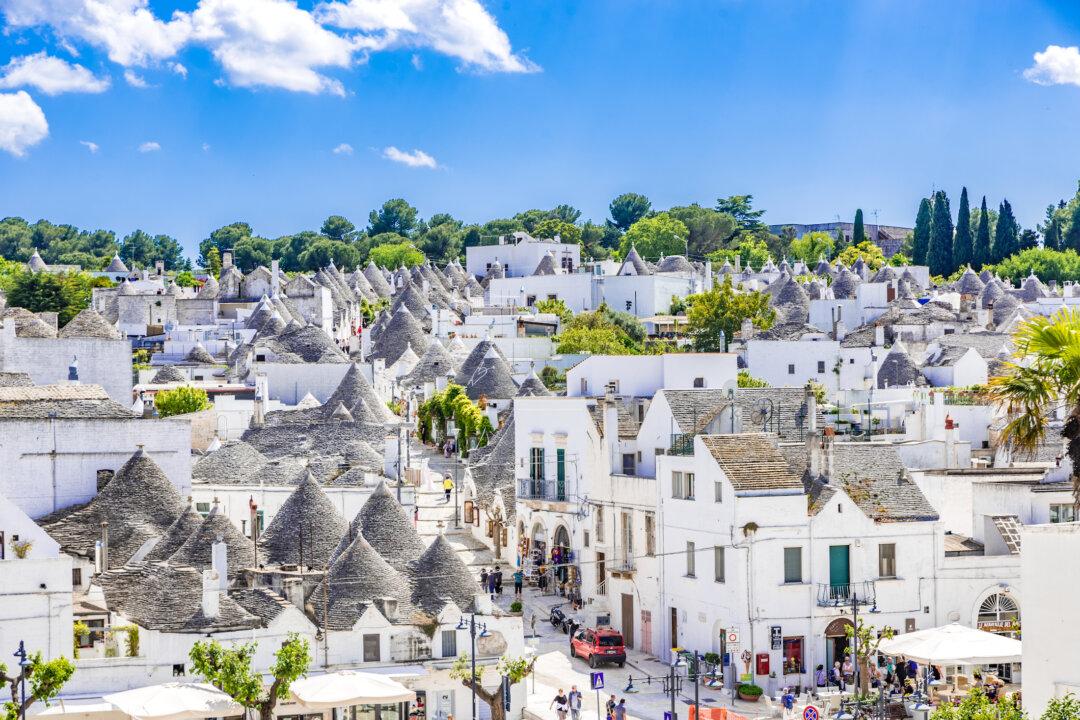The crowds of Italy’s massive rebound of tourism this year coincided with some sweltering summer weather. Even when I worked a year there 20 years ago, I knew that August was absolutely a no-go, as the entire nation goes on holiday. So I’ve adapted by visiting as late in the season as possible. Tourists are still there, of course, but at a much more tolerable density, and if you get off the beaten path, even better. Italy, in any region, is just as fascinating, enjoyable, and delicious in its unique way.
This year, I headed south in early November, which also assured milder weather as temps started to chill up in the north. My destination? “The Heel of the Boot”—Puglia (POO-li-ah), or Apulia in English.





